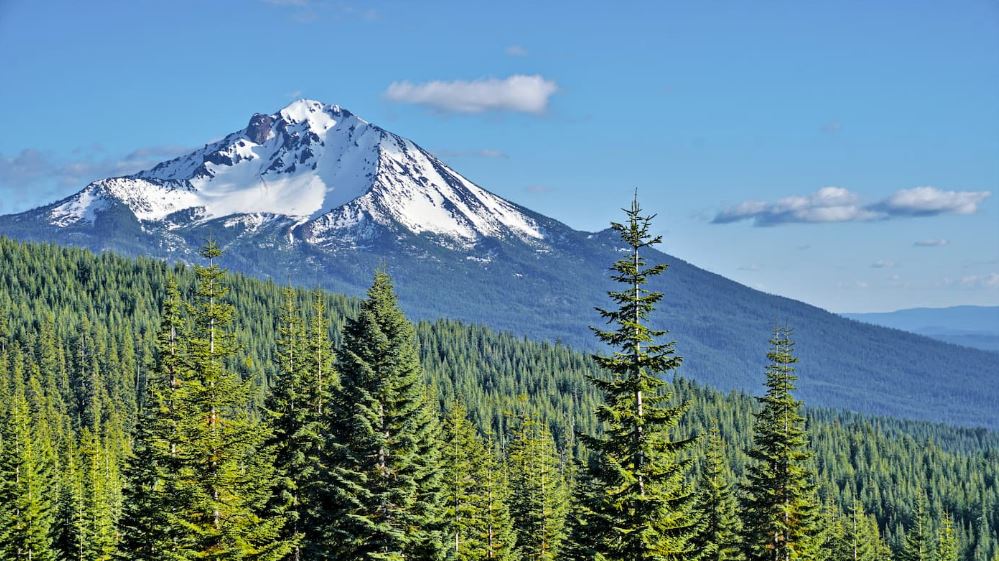Honor your friends and loved ones with the gift of trees to one of our nation’s forests. Planting trees in a forest of need will help heal and protect the land. You can help restore the forest to a beautiful, healthy place for animals and people to enjoy.
Free shipping on all orders $99+Free Shipping on all orders over $99
Tree Nursery

Tree Nursery
Purchases from our nursery also plant trees in recovering forests, making the world greener in your yard and around the world.
Tree Dedication

Tree Dedication
Change the world for someone who’s changed yours by planting commemorative trees in forests in need.
Apparel

Apparel
Every apparel purchase supports planting projects around the globe. Changing the world never looked so good.
Greeting Cards

Greeting cards
Send greetings with even more meaning with cards that plant trees.
Coffee

Coffee
Brew a better world with our premium-grade specialty beans. This ethically sourced coffee supports planting trees in forests in need.
Gifts

Gifts
Give the gift of a healthier planet to any nature-lover with merch that supports planting projects.
Tree Nursery
Purchases from our nursery also plant trees in recovering forests, making the world greener in your yard and around the world.
Tree Dedication
Change the world for someone who’s changed yours by planting commemorative trees in forests in need.
Apparel
Every apparel purchase supports planting projects around the globe. Changing the world never looked so good.
Greeting cards
Send greetings with even more meaning with cards that plant trees.
Coffee
Brew a better world with our premium-grade specialty beans. This ethically sourced coffee supports planting trees in forests in need.
Gifts
Give the gift of a healthier planet to any nature-lover with merch that supports planting projects.
Our Forests In Need

